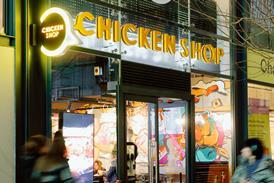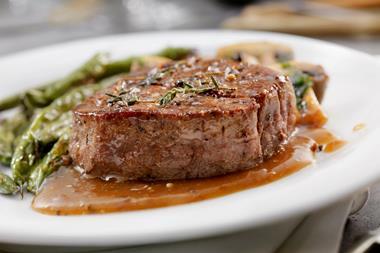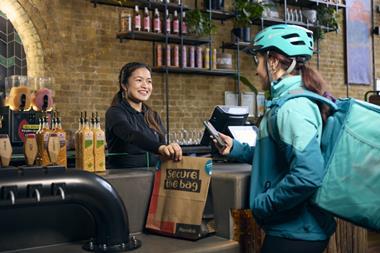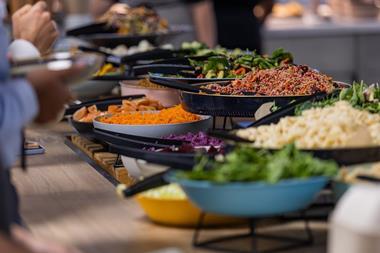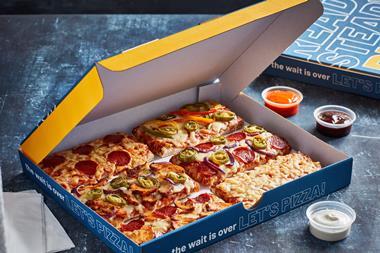There are times when even some basic mathematics can provide valuable concision and perspective. For example, let’s take the equation: 90 = 79 + 10 + 1. While there are no prizes available to razor-sharp readers who have cracked the code (just personal pride), all will become clearer when I say that if we assume that adults on average eat three meals a day and that there are 30 days in a month, then the total number of meal occasions in a month is 90. The other numbers relate to how these can be sub-divided across different locations and sources. Starting in reverse order …
Delivery equates to one – for now
This is the number of meals that UK adults on average order to be delivered to their homes every month. This is not to be confused with any supermarket grocery deliveries as it relates to food that has been pre-prepared and is ready to consume immediately. Albeit from a small base, this is the fastest growing number here, and is on course to round up to two by 2022.
Meals eaten out add up to an average of 10
Across their combined eating out behaviours, so covering on-premise and food to-go/on the move meals eaten out away from home, UK adults typically treat themselves 10 times every month. This figure is of course an average across all UK adults, and masks considerable variation across different consumer sub-groups. Certainly, it is conspicuous that younger and more affluent adults eat out with much greater frequency than older and less prosperous sub-groups.
Eating out frequency is clearly a fundamental metric that helps to shape business fortunes across the café, pub and restaurant sectors. It is to be hoped that some tentative signs of improving consumer confidence gather momentum and underpin an advance from 10. It certainly was higher in the mid 2000s – before the Economic crisis – though this of course, pre-dated the emergence of foodservice delivery.
Grocery market dominance and food for thought
Every now and then, it is useful to be reminded of how large the grocery market is in relation to the Eating Out sector. With an at vs out of home meal volume ratio approaching 8:1, the sheer size advantage of the omnipresent competitor that is the supermarket shelf is underlined.
While this ratio is less unbalanced in value terms, the scale of the grocery marketplace is highlighted, and this reinforces its attractiveness as an additional route to market. This helps to explain that while Pizza Express restaurants serve over 20 million pizzas a year in its UK restaurants, the comparative figure is getting on for double that in sales through the grocery channel. No surprise then that the likes of Nando’s, Leon and Yo! have followed in its path.
It is a dynamic Meal Equation
While it might be reasonable to assume that the 90 component of the 90 = 79 + 10 + 1 meal equation is fixed, no such assumption should apply to the components within this. Indeed, the changes at the margins will help determine winners and losers, and will be scrutinised. Given the 79-strong frequency grocery market is the most mature, and arguably subject to the most challenging margin pressures, it does not take a genius mathematician to work out that leading operators will be casting their slide rules over prospective opportunities involving the 10 or possibly even the one …
Precis
INSIGHT
The Dynamic Meal Equation
There are times when even some basic mathematics can provide valuable concision and perspective. For example, let’s take the equation: 90 = 79 + 10 + 1. While there are no prizes available to razor-sharp readers who have cracked the code (just personal pride), all will become clearer when I say that if we assume that adults on average eat three meals a day and that there are 30 days in a month, then the total number of meal occasions in a month is 90. The other numbers relate to how these can be sub-divided across different locations and sources.

















